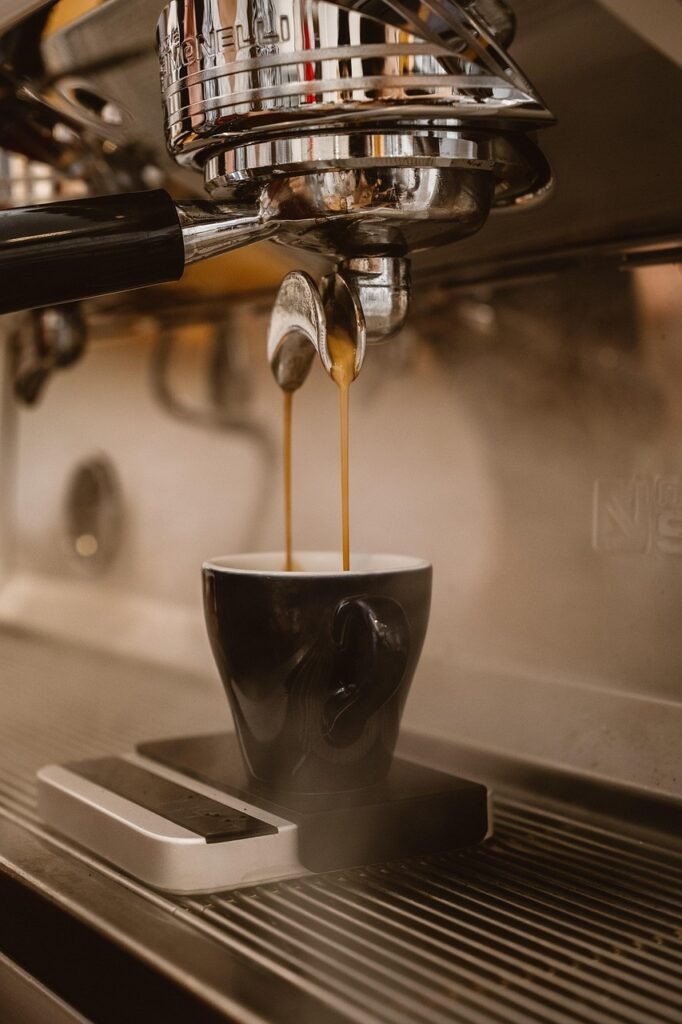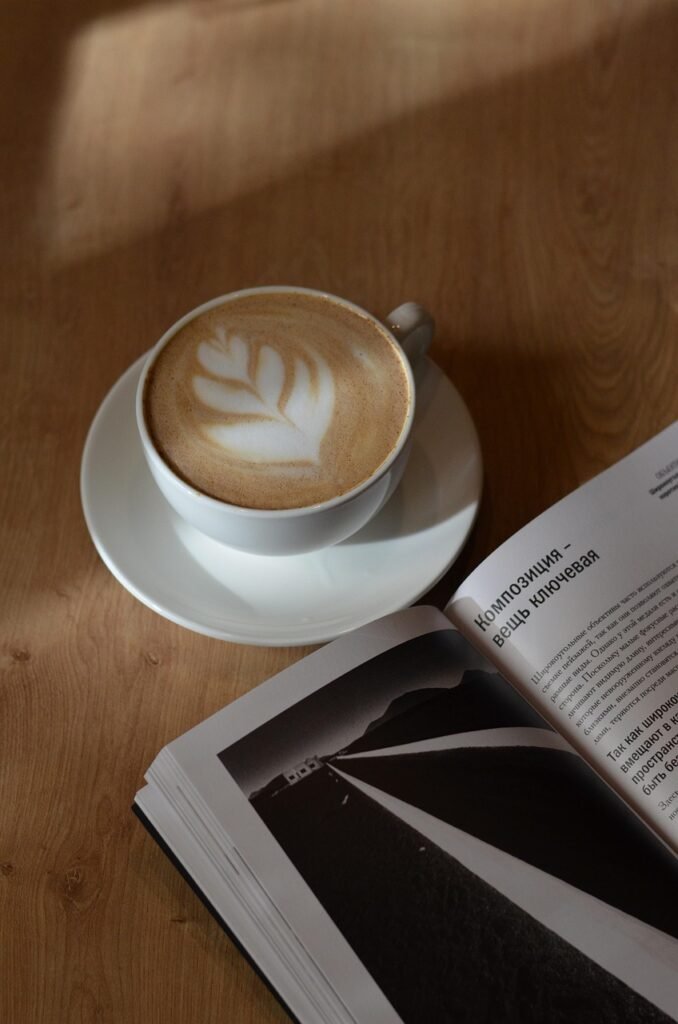Steps for Buying the Right Espresso Machine
The Coffee Collect is reader supported. When you purchase through links on our site, we may earn an affiliate commission—at no extra cost to you. Your support helps us continue sharing coffee inspiration, tips, and discoveries with this community. Thank you for being a part of our coffee journey!
Buying an Espresso Machine That Actually Fits You
Let’s be honest, buying an espresso machine can feel overwhelming.
Between the endless specs, pressure bars, milk frothers, and boiler types, it’s easy to wonder if you’ll ever find the “right” one.
Maybe you’ve scrolled through dozens of options only to feel more confused than when you started. I’ve been there, trust me.
Or maybe you’ve already bought one that didn’t quite meet your expectations—too bulky, too slow, too complicated, or just not giving that café-level taste you were hoping for.
We get it.
Espresso machines aren’t one-size-fits-all, and choosing the right one shouldn’t feel like a gamble.
Your espresso machine should match you—your lifestyle, your space, and your coffee goals.
That’s why we’re breaking down the key steps to help you make an informed, confident decision. By understanding what you actually need (and what you don’t), you’ll not only save money, but you’ll set yourself up for the kind of daily coffee experience you’ll look forward to.

Step 1: Know What You’ll Be Demanding from Your Machine
Before you even look at brands or models, ask yourself:
- How often will I use it?
- Do I mostly drink espresso, or do I love milk-based drinks like lattes and cappuccinos?
- Do I want full control over the brewing process, or something more automatic?
- How much counter space do I have?
Your answers will shape everything else. Someone brewing two shots a day has very different needs than someone serving up a coffee for each person in the household every morning.
The more you know about what you’ll demand from your machine, the better you can narrow down your options.
Step 2: Understand Espresso Machine Types
There are several main types of espresso machines, and each fits a different kind of user:
- Manual machines: Great for coffee purists who enjoy total control. But they require skill, patience, and experimentation—every shot is a craft.
- Semi-automatic machines: Perfect balance between control and convenience. You still grind, tamp, and start the shot, but the machine handles pressure and timing.
- Automatic or super-automatic machines: Ideal for busy mornings. These do almost everything for you, from grinding beans to frothing milk.
- Pod machines: Fast, clean, and consistent, but less customizable and more expensive per shot over time.
Step 3: Think About Size and Design
Counter space is precious, especially in small apartments or those itty bitty dorm rooms.
Before you fall in love with a machine online, check the dimensions and consider where it will live in your kitchen.
Compact models can still pack a punch, but they often have smaller water tanks or less powerful steam wands. Larger machines may handle multiple drinks at once but could dominate your countertop. Always balance aesthetic and functionality before you buy.
Step 4: Learn About Boilers and Thermoblocks
Boilers are the heart of any espresso machine. They control water temperature and steam pressure. There are a few types worth knowing:
- Single boiler: Heats water for brewing and steaming, but not at the same time. This means that you cannot pull an espresso shot while steaming milk simultaneously. Affordable and compact, but slower if you make hot, milk-based drinks often.
- Heat exchange (HX): Uses one boiler but allows you to brew and steam simultaneously by channeling water through a heat exchanger. A great middle ground.
- Dual boiler: Has one dedicated boiler for brewing and another for steaming. Ideal for advanced home baristas who want precision and speed. These are usually larger and pricier.
- Thermoblock systems: Instead of using a traditional boiler, these heat water on demand as it passes through a metal block. They’re efficient, compact, and heat up quickly—perfect for beginners or those short on space. However, they may struggle to maintain consistent temperature for back-to-back shots compared to dual boilers
Step 5: Check Voltage and Power Requirements
In the U.S., most home espresso machines are designed for 120 volts, which is standard for kitchen outlets. Higher-end, commercial-style machines may require 220 volts, which means special wiring or outlets.
Always confirm before buying—nothing’s worse than unboxing your dream espresso machine only to realize it won’t plug in…
Step 6: Consider the Features That Actually Matter
It’s easy to get caught up in fancy terms and shiny buttons. Instead, focus on what will actually improve your daily coffee experience:
- Built-in grinder: Convenient and space-saving. This is ideal if you will only be brewing espresso. However, if you like to freshly grind your coffee beans for different brewing methods like french press or cold brew, you may want to invest in a separate grinder that has more grind size settings.
- PID (Proportional-Integral-Derivative) temperature control: A system that regulates water temperature very precisely, keeping it stable for consistent shots and preventing over- or under-extraction. Some machines have a PID while others do not; it is more common in higher-end and semi-automatic or dual-boiler machines. It is important if you value consistency, precision, and want more control over espresso quality, but less critical for casual or beginner use.
- Steam wand quality: Essential if you love milk-based drinks. It allows you to create smooth microfoam for lattes and cappuccinos, which improves drink texture and flavor. There is a learning curve to using a steam wand, but with practice it becomes fun and rewarding once you start nailing the latte art 😉
- Pressure bars: 9 bars is standard for proper espresso extraction. Don’t fall for marketing hype claiming 15 or 20 bars automatically means better coffee. Espresso machines rated 9, 15, or 20 bars can all make quality espresso, so this shouldn’t be a deciding factor.
- Ease of cleaning: A huge factor for long-term happiness. Customer reviews often give honest remarks on the upkeep an espresso machine may require, so I recommend you check those out before making a purchase.
Step 7: Balance Budget and Longevity
Espresso machines can range from under $200 to way over $2,000. While higher price often means better build quality and features, it’s more important to find something that fits your current needs—and that you’ll actually use. A smaller, reliable beginner-friendly machine can be a better investment than an expensive one that collects dust.
Step 8: Compare and Choose the Right Fit
Now that you know what to look for, here are a few machines we recommend based on different needs (linked below for easy access):
- Best for Beginners: Wirsh 20-Bar Espresso Machine — compact, budget-friendly, and simple to use.
- Best for Everyday Home Use: Breville Barista Express — combines an integrated grinder, precise espresso extraction, and manual controls for an all-in-one, barista-style experience.
- Best for Aspiring Baristas: Gaggia Classic Pro — excellent control and long-lasting quality.
- Best for Advanced Home Baristas: Rancilio Silvia Pro or Ascaso Steel DUO Espresso Machine — both offer exceptional control and craftsmanship. The Rancilio Silvia Pro features dual boilers for powerful, simultaneous brewing and steaming, while the Ascaso Steel DUO offers PID temperature control, dual thermoblocks, and volumetric controls for precision brewing.
Each of these machines fits a different kind of coffee lifestyle—what matters most is finding the one that fits yours. Make sure to explore the different features of a machine before purchasing.
Final Thoughts
Choosing the right espresso machine isn’t about finding the most expensive or popular one—it’s about understanding what you need from it. Once you identify your habits, preferences, and expectations, the right choice becomes much clearer.
So, take a moment to think about what you’ll truly demand from your machine, and when you do finally bring it home, you’ll be ready to pull shots that fit your taste, your rhythm, and your everyday life.
Reach out if you have any more advice, comments or concerns. We’d love to hear from you.
Coffee creates community.
-the coffee collect.



